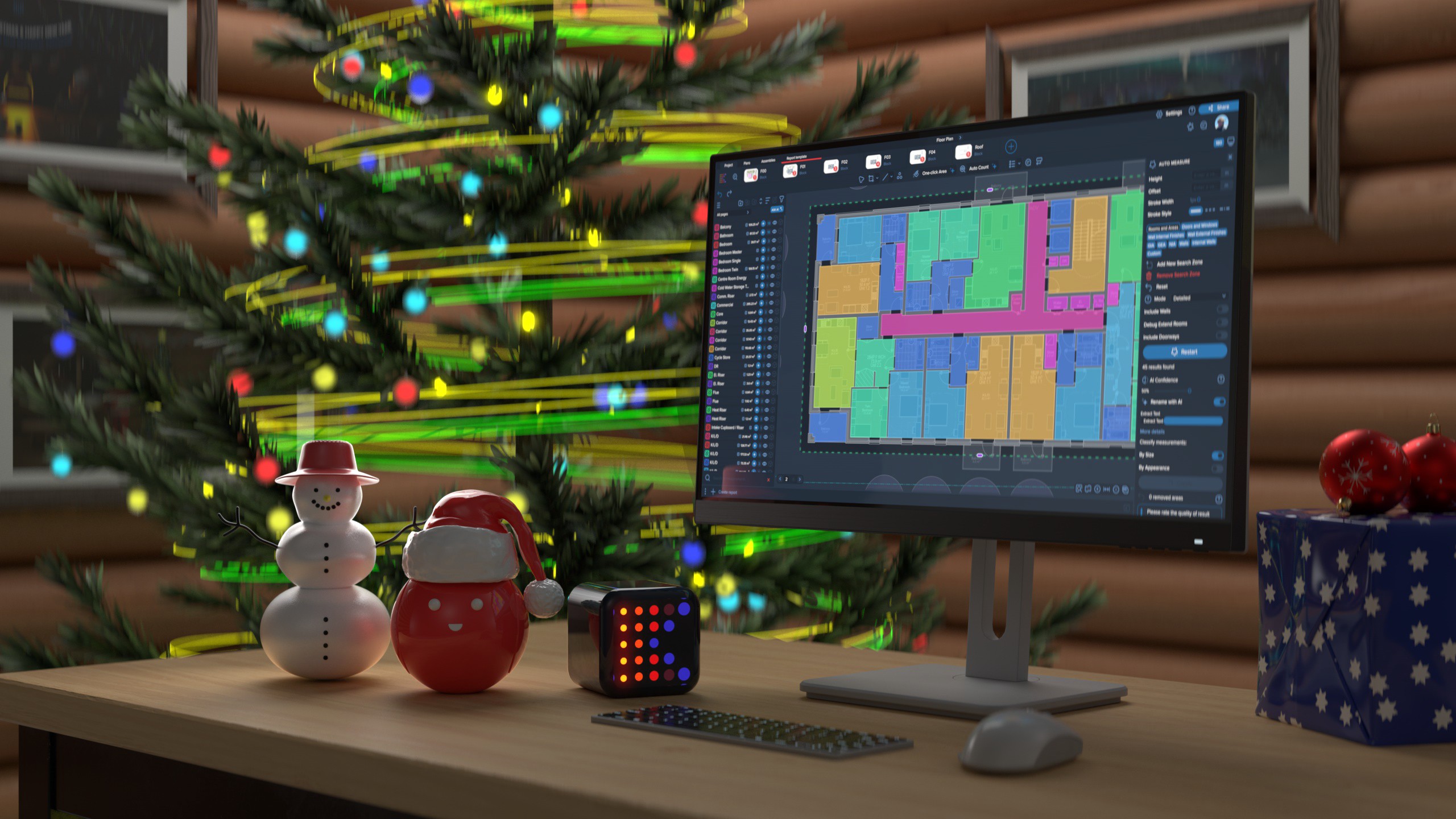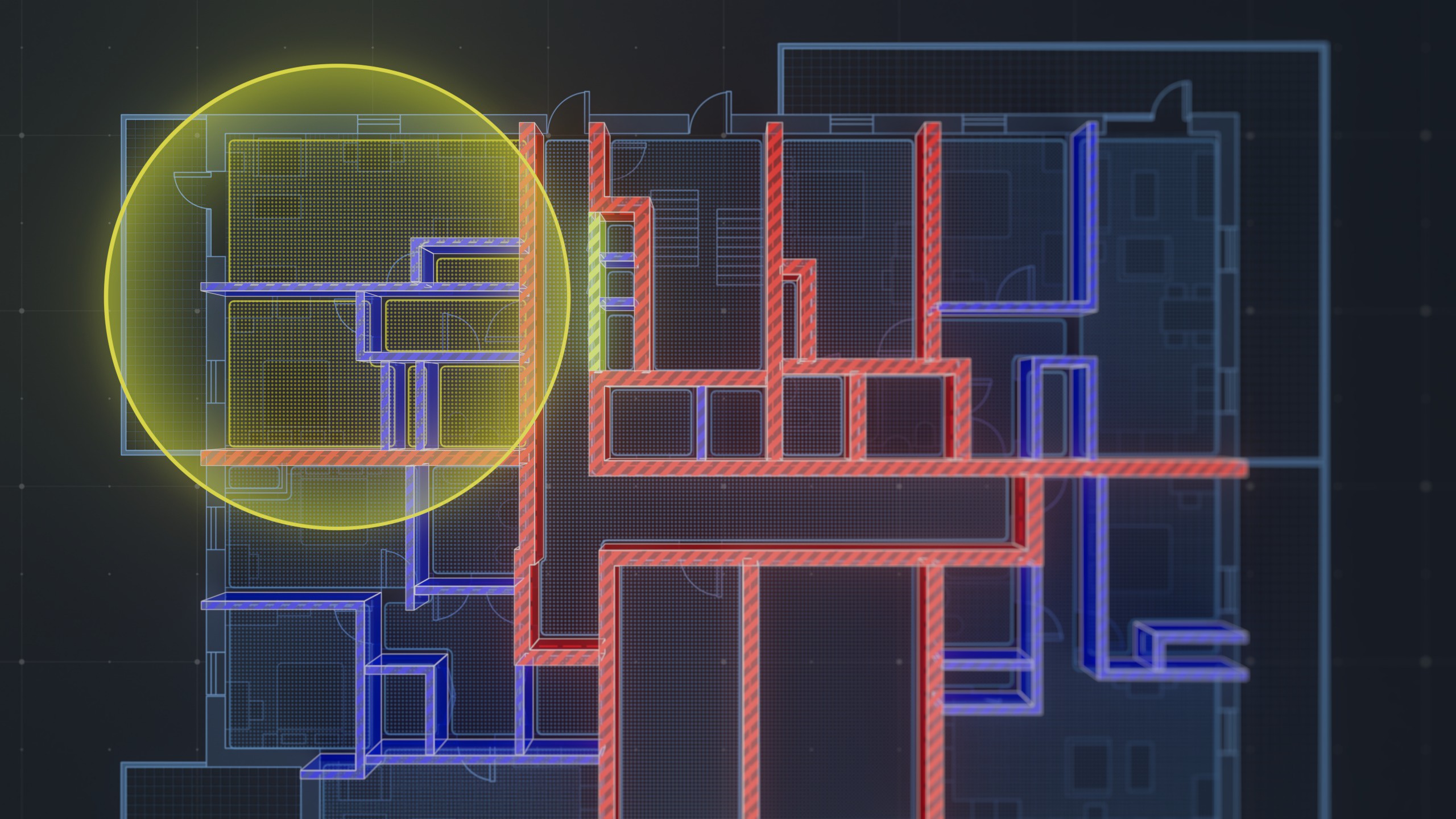Understanding building costs is an important step in the planning stage of any construction process. Contractors should also know what factors can influence construction costs, including materials pricing, labor expenses, and property size.
Understanding building costs is an important step in the planning stage of any construction process. Contractors should also know what factors can influence construction costs, including materials pricing, labor expenses, and property size.
When contractors understand these expenses and the influences behind them, they can plan for potential increases, make informed decisions about project design and management, and even positively improve their own careers. For example, a contractor with a proper understanding of construction expenses can improve their reputation in the eyes of present and future clients, helping them create positive outcomes and win future business.
Construction Costs
Many different factors contribute to construction costs, including building materials, permits, and site location. Expenses can also depend on the price of labor in your area and the time frame your particular construction project has for completion.
Materials
The materials used during a construction project can affect overall expenses. Materials prices can fluctuate due to market conditions, transportation prices, and taxes. Certain building materials are also more expensive than others, depending on the materials’ rarity, location, and required manufacturing. The price of labor may also be higher with some construction materials than others.
Here are some of the common building materials used in construction projects:
- Masonry: A masonry wall can cost between $7,934 and $10,847 (depending on location).
- Concrete: One foot of concrete can cost between $4.65 and $6.85 and an estimated $137 per cubic yard.
- Steel: One square foot of steel can cost between $15 and $25.
- Lumber: 1,000 board feet of new lumber can cost $829.
- Brick: One brick costs an average of 55 cents, or $550 for 1,000 bricks.
- Stone: Prices for stone will vary, depending on the type of stone purchased. Natural rock walls cost between $25 and $80 per square foot. Stone veneer is more affordable, at $10 to $25 per square foot.
- Glass: Tempered glass can cost between $25 and $75 per square foot. Glass doors can cost $1,000 to $3,000.
- Insulation: One square foot of insulation can cost between $1.50 and $5 and between $3,000 and $10,000 for a 2,000-square-foot home.
- Roofing: One roofing square, a 100-square-foot area of roofing, can cost between $263 and $1,769. A majority of homeowners pay $8,008 and $21,278 for their entire roof.
- Siding: Pricing for siding will vary, depending on the type of siding you use for your house. Vinyl siding can cost between $1 and $8 per square foot, while wood siding costs between $8 and $12 per square foot.
- Drywall: One square foot of drywall can cost between $1.50 and $3.
- Paint: One square foot of interior paint can cost between $1.50 and $3.50.
Despite higher costs, some building materials offset their price after installation. For example, many higher-quality building materials are more durable and require less maintenance, which can help offset the initial investment.
Property
Factors like project size, location, and composition can heavily influence the cost of a particular construction project.
Construction costs often vary based on where the new building or infrastructure is located. For example, construction may be expensive in urban areas due to increased competition for labor or building materials. Certain areas also have different building codes and regulations that may require additional fees, compliance, or certain building materials.
A project’s overall size can also affect construction expenses. For example, larger properties might require more materials and additional equipment — which can also increase the price of labor.
Composition is another important factor in determining total construction costs. For example, properties with uneven ground, difficult soil conditions, or underlying pipes may require more site preparation or specialized foundation work. These measurements and dimension calculations can drive higher prices.
Labor
The price of labor is an important contributor to construction expenses and includes wages, employee benefits, and overtime pay, a potentially significant expense that can strain construction budgets and compromise production.
The type of construction labor can also affect overall costs. For example, union labor — construction employees represented by an organization — is typically more expensive due to the benefits and protections that union workers receive. Non-union labor may be cheaper, but is often less experienced in key fields.
The amount of labor available during a construction project can also affect its price. During times of high labor demand, there may be a scarcity of available workers, which can further inflate what you spend on labor. An estimated 91% of construction firms have experienced difficulty when seeking construction labor.
Contracts
Construction contracts can also contribute to a project’s overall costs. This can include expenses related to drafting, negotiating, and managing contracts.
Legal fees often make up a large portion of contract expenses. The cost of drafting and reviewing contracts can be high, especially if the project involves many contract revisions or other legal steps. Legal fees can also include costs associated with negotiating and settling contract disputes.
Insurance represents another contract-related expense. Many construction contracts require contractors to have liability insurance, and other forms of insurance, which provide protections for both construction companies and labor. Insurance prices can vary depending on the coverage type and the project’s scope.
Other contract expenses include bonding, administration, and penalties if contractors don’t meet quality standards or don’t complete work on time.
Construction project leaders can take steps to effectively minimize contract-related costs. They should review contracts before signing, negotiate company-friendly terms, and set up a system for tracking project progress over time. Many construction managers also use construction procurement strategies to acquire goods and services at favorable rates.
Typical Cost of Building a New Structure
In some cases, construction expenses for building a structure might be different from those for renovations. Building a new structure typically requires more site preparation than adding to or renovating an existing structure. These extra expenses are usually due to one-time tasks like clearing land, grading the site, and installing utilities.
Building a new structure also requires installing a foundation — the bottom of a building separating the structure from the soil. A full foundation can cost between $4,062 and $14,287, with an average expense of $5 to $37 per square foot.
When creating a new structure, construction companies often need to make one-time payments to meet building codes. These same expenses are not typically required when renovating or making additions to an already-existing structure.
Building a house in a residential location can cost between $158,572 and $478,600. As of July 2022, timber-frame houses cost between $200 and $250 per square foot, while metal or steel-frame homes were only $10 to $15 per square foot. Invested funds are divided among several expenses like labor, materials, and permits.
Typical Costs by Square Foot
Residential construction can cost between $100 and $200 per square foot. In cases where construction companies build homes with luxurious, complicated features like walk-in closets or energy-efficient glass paneling, prices can increase to $500 per square foot.
Average commercial construction costs in the United States are more expensive, at an estimated $490 per square foot. Depending on project specifications, this price can range from $70 to well over $1,000.
Construction companies routinely use estimation tools to gauge prices during the planning process for residential and commercial projects. Tools like project management programs and measurement software help create more precise estimates for square-foot costs while identifying other identifiable budget challenges.
Factors That Can Affect Costs
Several factors can further impact the cost of a construction project. These factors can sometimes include:
- Scarcity of materials: If a particular material used in construction becomes scarce, the price of that material will likely increase. For example, a steel shortage due to a natural disaster or trade restrictions could raise steel prices.
- Regulations and permits: Compliance with state and federal regulations and permits can add additional expenses to a construction project. For example, a new building code will require additional safety measures that can increase expenditures as construction companies comply.
- Weather conditions: Extreme weather conditions and natural disasters can cause delays and additional costs for construction projects. For example, a project will likely be more expensive if it’s delayed because of heavy, ongoing rains.
- Interest rates: A rise in interest rates can make borrowing more expensive, which can result in higher construction costs. For example, if interest rates rise after a developer takes out a loan to fund a construction project, overall project costs will also increase.
Increased construction expenses make cost estimation tools even more important in the construction world. These programs can help construction managers and leaders calculate expenses and avoid risks. They often use AI and cloud-based software to forecast all costs associated with construction takeoff — from labor to materials to full blueprints.




.png)